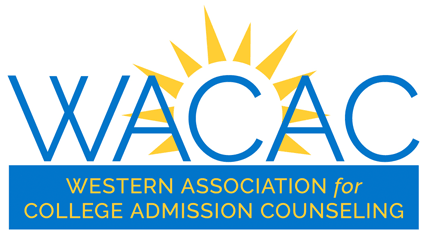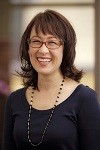And now, the end.
We’ve been working our way through the college admissions process using the scientific method as our guide. We’ve touched on the question, observation, hypothesis, and experimentation. And now, the conclusion.
The conclusion phase is where you take all the data you’ve gathered through observation and experimentation and measure it against your hypothesis. When it comes to college admissions, the conclusion is where you take everything you’ve learned through the application process— about colleges and about yourself— and assess it against your college hypothesis.
The college hypothesis, as we discussed here, consists of a set of “tentative assumptions” or “suppositions” about college for yourself, which are ultimately rooted in imagining yourself in college. At the conclusion stage, you measure your college observations and experimentations against that college hypothesis, and by doing so, make your college decision.
This part can be easy. Everything can fall into place. Your introspection about your college likes and dislikes, your research on the different college possibilities, your college visits, and your acceptance letters can coalesce into a clear decision— a college choice that feels right, resonates with who you are, and offers the right kinds of opportunities.
If your college conclusion unveils itself, you’re one of the lucky ones. For more than half of the students I work with, the college conclusion doesn’t come easy. What can you do if your college conclusion is elusive? Here are a few ideas.
First, take your time. There’s no need to rush your college conclusion. A good college decision process, like good science, takes time and thought. If you’re facing a difficult college choice, sit with it for awhile. Try out the different possibilities in your mind. Take as much time as you have to reach the decision. Be patient with yourself.
Second, retrace your steps. Go back through the steps you’ve previously taken, viewing those prior steps in light of the colleges that have accepted you. Do more observing, conduct more college experiments, make lists of pluses and minuses, and talk with those who can inform your college conclusion, such as students attending the colleges where you have been admitted. Allow the scientific method to keep working, even at the end, to narrow your choices and ease your decision.
Third, know that there’s more than one possible conclusion. A difficult college choice is an awesome thing— it means you have college options to decide from, which is a very good thing. And if you’re having a hard time deciding among colleges, that likely means that each of the colleges presents a good choice for you. The truth is, while there are bad college choices to be made, you’re probably going to be just fine under any of your college choices.
Fourth, trust yourself. It’s said that before Einstein arrived at the theory of relativity, he had an intuition that pointed him in the right direction. While many scientific discoveries emerged from a dispassionate review of the data, many other discoveries that owe much to deeply held conviction and a dogged trust-of-self that overcomes a lot of outside resistance. You know yourself. You’ll find your way to the right decision for you.
One final thing: conclusions can always be revisited and improved upon. The history of science consists of good conclusions rendered obsolete by better conclusions. What this means for the college process is that your college decision is neither final nor irreversible. Every year, thousands of students across the country reach new college conclusions after a year or two of gathering new data, transfer to a different college, and thrive.
The wonderful thing about a college conclusion is that it gets lived out, and by living with the conclusion, you learn more and reach new and better conclusions. In that way, the college conclusion is really a profound beginning.
This piece is part of a series of blog posts on advising STEM students for the Western Association of College Admissions Counseling (WACAC). It is the last of six monthly installments.
By Jenny Umhofer

